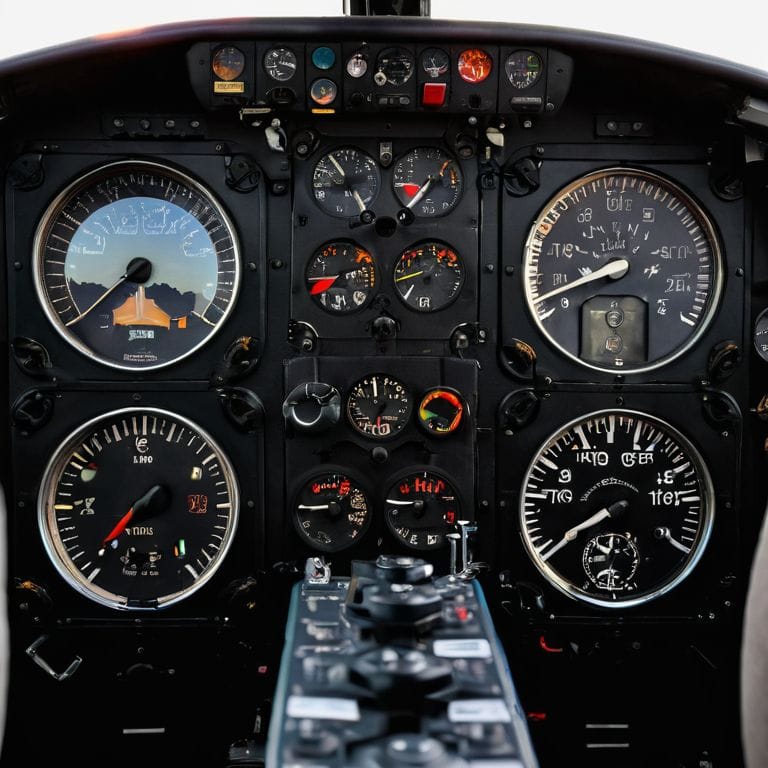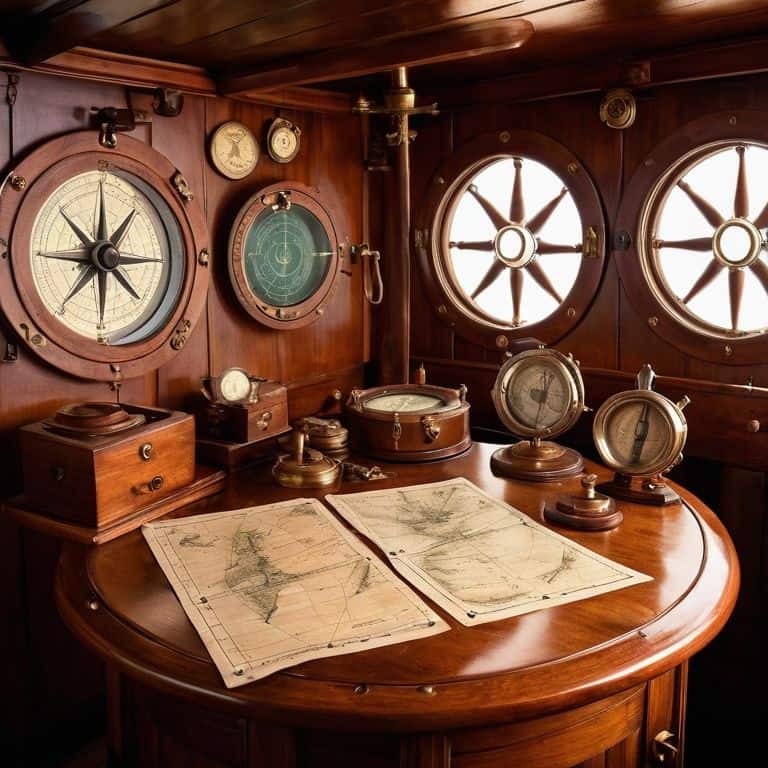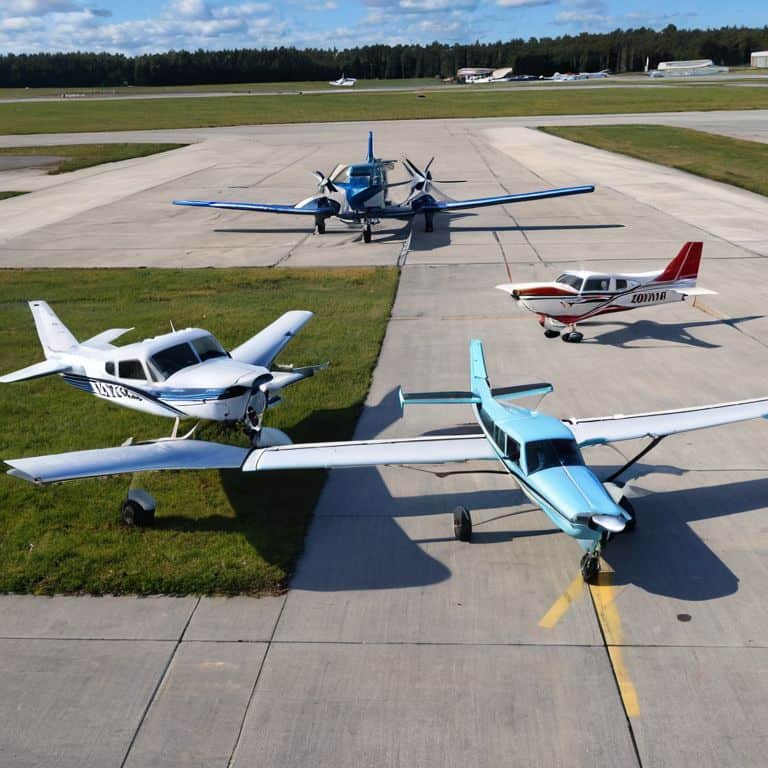I still remember my early days as a bush pilot in Alaska, where understanding flight instruments was a matter of life and death. The complex array of dials and screens can be overwhelming, but I’ve seen too many pilots get bogged down in unnecessary jargon and expensive equipment. The truth is, you don’t need to break the bank or get a degree in engineering to grasp the fundamentals of flight instruments. In fact, I’ve found that simplifying the process is often the best way to ensure safe and efficient flying.
As your guide, I promise to cut through the hype and provide you with practical, experience-based advice on understanding flight instruments. My goal is to empower you with the knowledge and confidence to take to the skies, whether you’re a seasoned pilot or just starting out. I’ll share my own stories and lessons learned from years of flying and teaching, and provide you with clear, step-by-step explanations of the instruments and concepts you need to know. By the end of this journey, you’ll have a solid grasp of the basics and be well on your way to becoming a proficient and safe pilot.
Table of Contents
- Unlocking Flight Secrets
- Mastering Understanding Flight Instruments
- Navigating the Skies with Ease: 5 Essential Tips for Understanding Flight Instruments
- Key Takeaways for Mastering Flight Instruments
- Navigating the Skies with Clarity
- Conclusion: Taking Flight with Confidence
- Frequently Asked Questions
Unlocking Flight Secrets
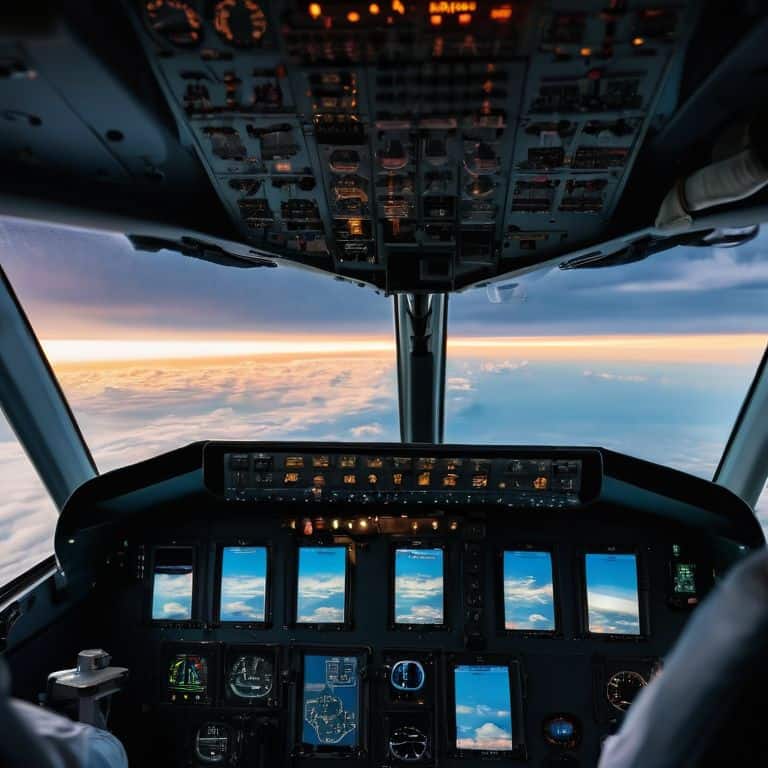
As we delve into the world of flight, it’s essential to recognize the significance of primary flight display systems in modern aviation. These systems have revolutionized the way pilots interact with their aircraft, providing a streamlined and efficient way to access critical flight information. By leveraging electronic flight instrument systems, pilots can quickly and accurately assess their flight situation, making informed decisions to ensure safe and successful outcomes.
In my experience as a flight instructor, I’ve seen firsthand the impact that flight simulator training tools can have on a pilot’s ability to navigate complex flight scenarios. These simulators allow pilots to practice and hone their skills in a safe and controlled environment, building confidence and competence in their ability to respond to a wide range of situations. Whether it’s a routine flight or an emergency situation, pilots who have undergone simulator training are better equipped to handle the challenges of instrument flying.
As the aviation industry continues to evolve, we’re seeing a growing trend towards glass cockpit conversion processes, which aim to replace traditional analog instruments with modern digital displays. This shift has significant implications for pilot training, as it requires a new set of skills and knowledge to effectively operate these advanced systems. As a result, pilot training for instrument flying is becoming increasingly important, as pilots must be able to navigate and interpret the wealth of information provided by these digital systems.
Electronic Flight Instrument System Basics
As we delve into the world of flight instruments, it’s essential to grasp the fundamentals of electronic flight systems. This knowledge will serve as the foundation for understanding more complex concepts, much like how a sturdy wing provides lift for an aircraft. By breaking down these systems into manageable parts, we can better comprehend their role in ensuring safe and efficient flight.
The Electronic Flight Instrument System (EFIS) is a crucial component of modern aircraft, and mastering its basics is vital for any aspiring pilot. At its core, EFIS provides a digital representation of flight data, allowing pilots to make informed decisions quickly. This system has revolutionized the way we interact with flight instruments, making it easier to navigate the skies with precision and confidence.
Primary Flight Display Systems Explained
When it comes to navigating the skies, a well-designed primary flight display is essential for a pilot’s situational awareness. This system provides critical information, such as altitude, airspeed, and heading, in a clear and concise manner. By integrating these vital signs into one display, pilots can quickly assess their aircraft’s performance and make informed decisions.
The key to effective navigation lies in understanding how to interpret the data presented on the primary flight display. By familiarizing oneself with the various symbols, numbers, and indicators, pilots can develop a keen sense of spatial awareness and make adjustments as needed to ensure a safe and successful flight.
Mastering Understanding Flight Instruments
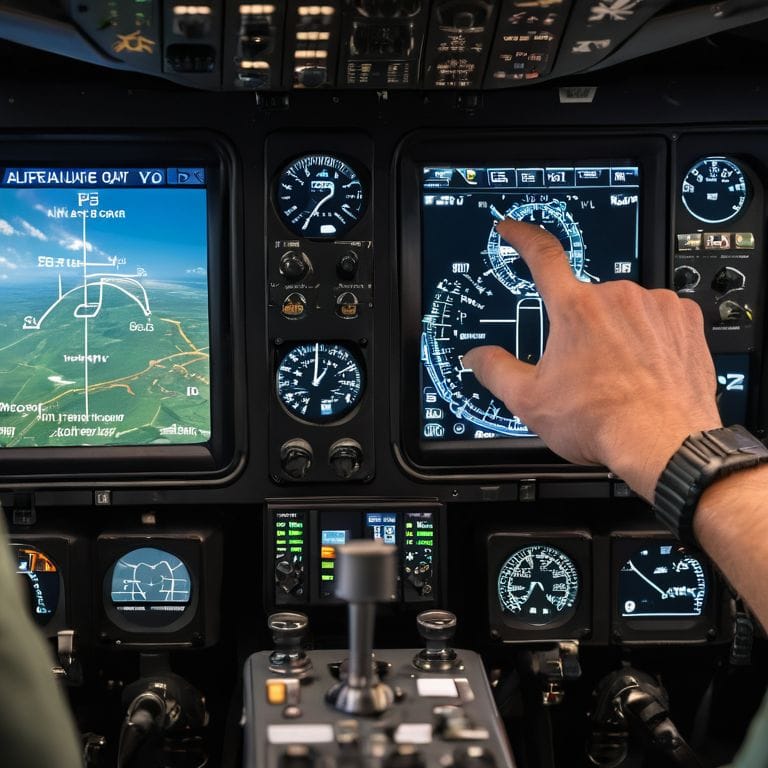
As we delve deeper into the world of aviation, mastering the basics of flight instruments becomes crucial for any aspiring pilot. I like to think of it as building a scale model of a historic aircraft – you need to understand each component and how they work together in harmony. In our previous discussions, we touched upon primary flight display systems and how they’ve revolutionized the way we navigate the skies.
When it comes to electronic flight instrument system basics, it’s essential to remember that practice makes perfect. That’s why I always recommend flight simulator training tools to my students. These simulators allow you to get a feel for the instruments in a safe and controlled environment, which is invaluable for building confidence and muscle memory. By familiarizing yourself with these tools, you’ll be better equipped to handle real-world scenarios.
As you progress in your journey, you may encounter the glass cockpit conversion process, which can seem daunting at first. However, with a clear understanding of the fundamentals, you’ll be able to navigate this transition with ease. Remember, aviation instrument repair services are always available if you encounter any issues, but it’s essential to have a solid grasp of the instruments themselves. By focusing on the basics and practicing regularly, you’ll be well on your way to becoming a proficient pilot.
Glass Cockpit Conversion for Smoother Flights
As we delve into the world of modern aviation, a glass cockpit conversion can be a game-changer for pilots. This upgrade replaces traditional analog instruments with digital displays, providing a more streamlined and efficient flying experience. By integrating all essential flight information into one or two screens, pilots can focus on flying the plane rather than navigating a multitude of dials and gauges.
The key to a successful glass cockpit conversion lies in understanding how to simplify complex data. This means being able to quickly and accurately interpret the wealth of information presented on the digital displays, and using that information to make informed decisions in the air.
Pilot Training for Instrument Flying Success
To become proficient in instrument flying, regular practice is essential. As a flight instructor, I’ve seen many students struggle to make the transition from visual flight rules to instrument flight rules. However, with a structured approach and consistent training, anyone can develop the skills needed to navigate through clouds and other low-visibility conditions.
In my experience, systematic training is the key to success in instrument flying. By breaking down complex procedures into manageable chunks and focusing on one skill at a time, students can build confidence and develop the muscle memory needed to react instinctively in high-pressure situations.
Navigating the Skies with Ease: 5 Essential Tips for Understanding Flight Instruments
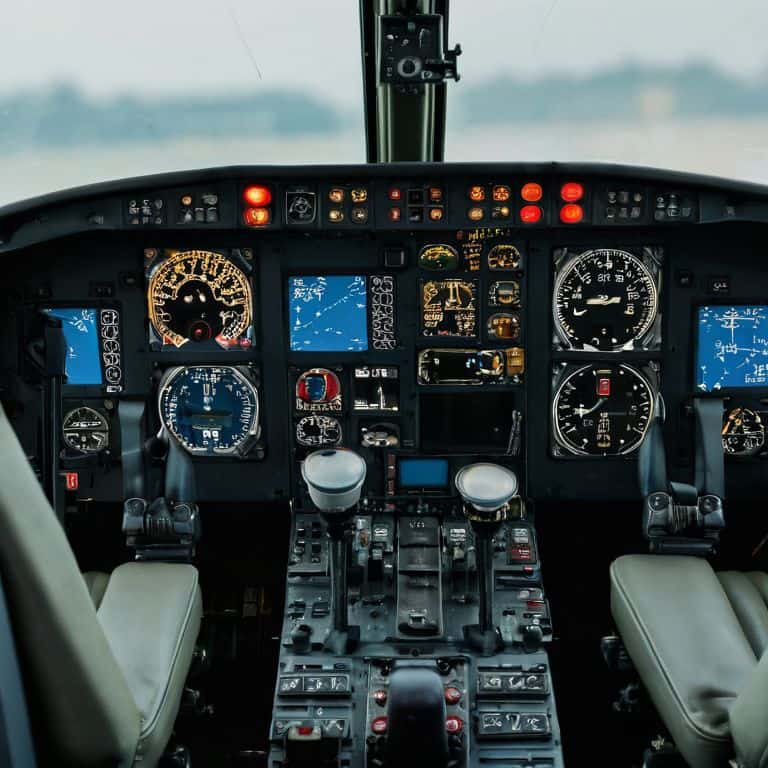
- Start with the basics: familiarize yourself with the primary flight display systems, including the airspeed indicator, altimeter, and heading indicator
- Understand the difference between traditional analog instruments and modern glass cockpit systems, and how to effectively use each
- Practice reading and interpreting instrument data, such as recognizing trends and anomalies in flight patterns
- Stay up-to-date with the latest developments in electronic flight instrument systems and how they can enhance safety and efficiency
- Combine theory with hands-on experience: supplement your studies with simulator training or flight lessons to reinforce your understanding of flight instruments in real-world scenarios
Key Takeaways for Mastering Flight Instruments
Understanding primary flight display systems and electronic flight instrument systems is crucial for safe and efficient flight operations
Converting to a glass cockpit and undergoing pilot training for instrument flying can significantly enhance a pilot’s ability to navigate and control the aircraft
By breaking down complex aviation topics into simple, understandable steps, anyone can develop a deep appreciation and mastery of flight instruments, regardless of their background or experience
Navigating the Skies with Clarity
Understanding flight instruments is not just about reading dials and screens, it’s about developing a deep connection with the aircraft and the environment, allowing you to make informed decisions that ensure safe and efficient flight.
Daniel Sato
Conclusion: Taking Flight with Confidence
As we conclude our journey through the world of flight instruments, remember that understanding these tools is key to unlocking a safe and enjoyable flying experience. We’ve covered the primary flight display systems, delved into the basics of the electronic flight instrument system, and explored the benefits of glass cockpit conversion for smoother flights. By mastering these concepts and dedicating time to pilot training for instrument flying success, you’ll be well on your way to becoming a proficient and confident aviator.
As you take to the skies, whether literally or metaphorically, recall that the principles of flight can be applied to many areas of life. The discipline of preparation and the importance of staying calm under pressure are valuable lessons that can benefit anyone. So, keep looking up, keep learning, and always remember that the art of flight is not just about the instruments – it’s about the journey, the adventure, and the thrill of discovery that comes with it.
Frequently Asked Questions
What are the most critical flight instruments that a pilot needs to understand for safe and efficient flight?
To fly safely and efficiently, pilots need to understand the basics of primary flight instruments, including the altimeter, airspeed indicator, and heading indicator. These tools provide crucial data on altitude, speed, and direction, allowing pilots to navigate and control the aircraft with precision.
How do electronic flight instrument systems differ from traditional mechanical instruments?
Think of electronic flight instrument systems like a modern GPS navigation system in your car, whereas traditional mechanical instruments are like a paper map. The electronic system streamlines data, reducing clutter and enhancing situational awareness, making it easier to focus on flying the plane safely.
What kind of training is required for a pilot to become proficient in flying solely by reference to flight instruments?
To become proficient in flying solely by reference to flight instruments, a pilot typically undergoes instrument rating training, which includes ground school and flight training focused on instrument flying skills, such as navigating by instruments alone and handling emergency situations.
